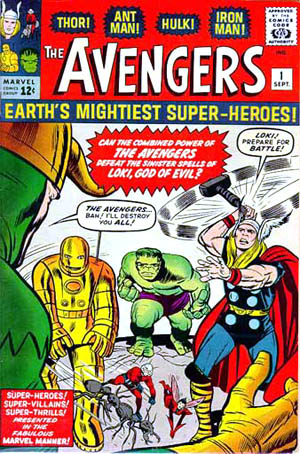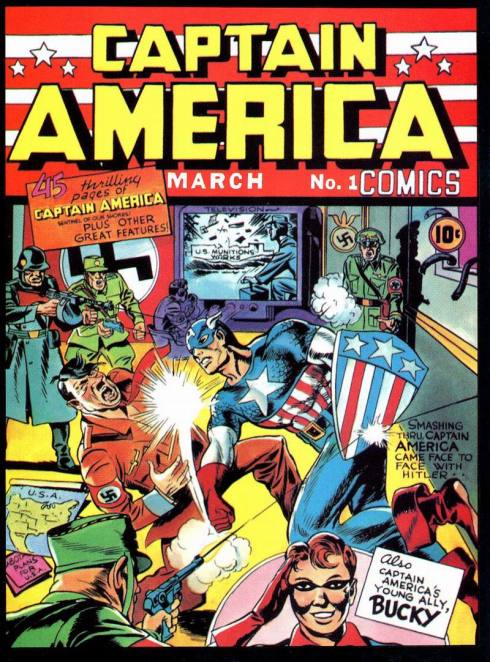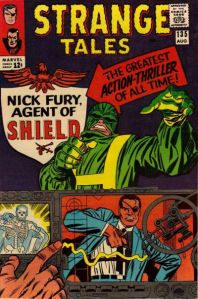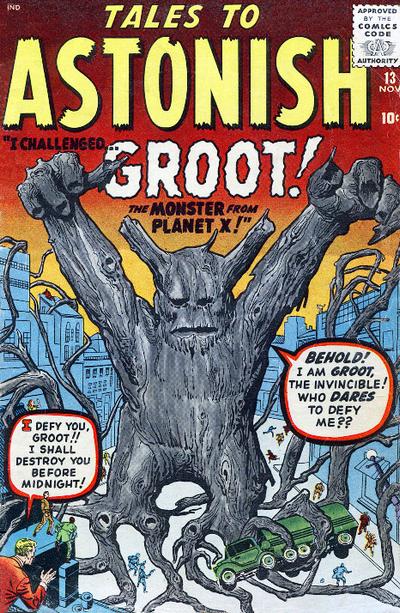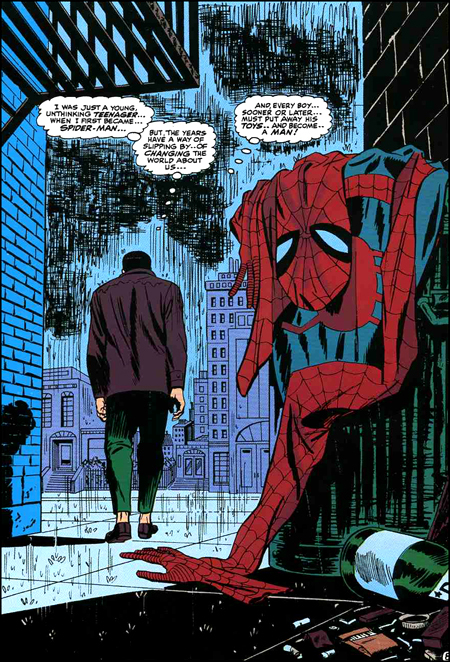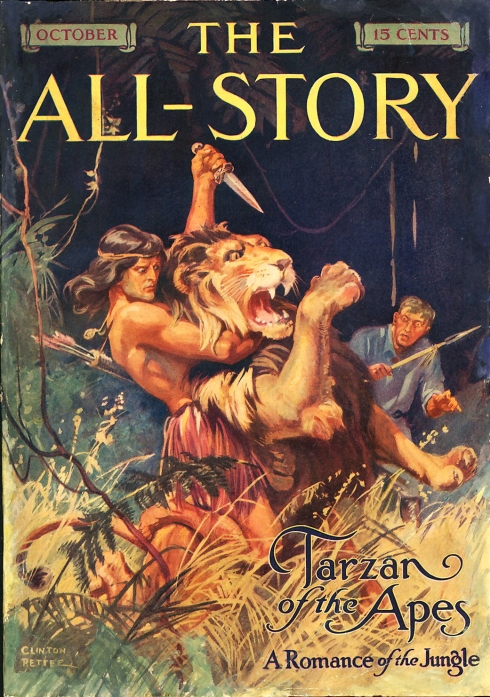The Vision; art by John Buscema and George Klein, caption by Roy Thomas
May 2015 will see the release of the film Avengers: Age of Ultron, Disney/Marvel’s sequel to their wildly popular 2012 blockbuster, The Avengers.
These films are, of course, based on comic book characters; and it behoves us to remember that the latter did not arise spontaneously from some corporate swamp, but were created by flesh-and-blood artists and writers.
We give these creators their due credit below.
cover art by Jack Kirby and Dick Ayers
The Avengers were created in The Avengers 1 (September 1963) by Jack Kirby and Stan Lee.
cover art by Jack Kirby and Joe Sinnott
Thor was created by Jack Kirby, with script by Larry Lieber, in Journey into Mystery 83 (August 1962).
cover art by Jack Kirby
The Hulk was created by Jack Kirby, with script by Stan Lee, in The Incredible Hulk 1 (May 1962).
cover art by Jack Kirby and Don Heck
Iron Man was created by Don Heck (art) and Stan Lee and Larry Lieber (script) with a costume design by Jack Kirby, in Tales of Suspense 39 (March 1963).
cover art by Jack Kirby
Captain America was created by Jack Kirby and Joe Simon (both sharing script and art) in Captain America Comics 1 (March 1941).
cover art by Jack Kirby and Chic Stone
Quicksilver and the Scarlet Witch (at far right in the cover illo above) were created by Jack Kirby with Stan Lee on script in X-Men 4 (March 1964).
cover art by Don Heck
Hawkeye was created by Stan Lee (script) and Don Heck (art) in Tales of Suspense 57 (September 1964).
cover art by Jack Kirby and Paul Reinman
The Black Widow was created by Don Rico (script) and Don Heck (art) in Tales of Suspense 52 (April 1964).
art by John Buscema and George Klein
Ultron was created by Roy Thomas (script) and John Buscema (art) in The Avengers 55 (August 1968).
cover art by John Buscema
The Vision was created by Roy Thomas (script) and John Buscema (art) in The Avengers 57 (October 1968).
 The Black Panther was created by Jack Kirby with Stan Lee script in Fantastic Four 52 (July 1966). The same team introduced the Panther’s homeland of Wakanda in the same issue (see below illustration).
The Black Panther was created by Jack Kirby with Stan Lee script in Fantastic Four 52 (July 1966). The same team introduced the Panther’s homeland of Wakanda in the same issue (see below illustration).
art by Jack Kirby and Joe Sinnott
cover art by Jack Kirby and Frank Giacoia
Nick Fury, agent of S.h.i.e.l.d, was created by Jack Kirby with script by Stan Lee in Strange Tales 135
And, finally:
cover art by Jack Kirby and George Roussos
Baron Strucker was created by Jack Kirby with Stan Lee scripting, in Sgt.Fury and his Howling Commandos 5 (January 1964).
Obviously Jack Kirby deserves the lion’s share of creative credit…but the unjustly forgotten Don Heck also merits plaudits.
See you at the multiplex!
